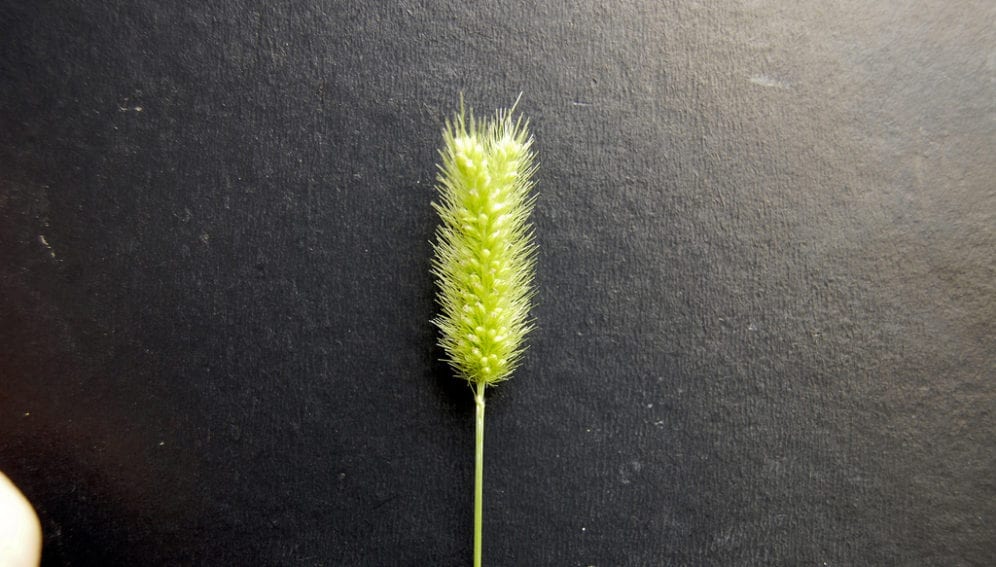Send to a friend
The details you provide on this page will not be used to send unsolicited email, and will not be sold to a 3rd party. See privacy policy.
[MANILA] International scientists are working on a ground-breaking research to change the architecture of a rice leaf that could possibly increase yield by over 50 per cent.
William Paul Quick, lead scientist of the C4 Rice Project at the International Rice Research Institute (IRRI) and one of the presenters during the 7th International Rice Genetics Symposium held last week (5-8 November) says his team is redesigning the rice plant to make it more efficient in its photosynthesis process.
This involves transforming it from a so called 'C3' plant to a 'C4' plant, such as maize, sugar and sorghum.
Because of their leaf anatomy, C3 plants such as rice, potatoes and cassava, have slower photosynthesis rates in hot environments, use more water and nitrogen fertiliser while having lower yields than C4 plants.
Quick describes the research as speeding up the evolutionary process for rice. He says that for 25 million years, plants tried desperately to evolve a better mechanism.
“C4 is evolution’s answer to a better photosynthesis. But it hasn’t happened in every plant,” he says.
The C4 Rice Project is in its fourth year and Quick says they are close to completing the difficult stage of examining a range of species among different plants to discover the gene key that will control the leaf’s change to C4 status.
But he says it would likely take another dozen years before they can deliver anything to plant breeders and farmers for field testing.
Quick believes the research could be the key to a second Green Revolution. C4 is not only limited to rice crops, it can be applied to other crops, he says.
“If we could introduce C4 into all these different plants we could be improving yield right across the agricultural sector,” Quick says. “Our ability to combine all these different traits now through breeding or through biotechnology gives us endless possibilities for enhancing crops for the future.“














